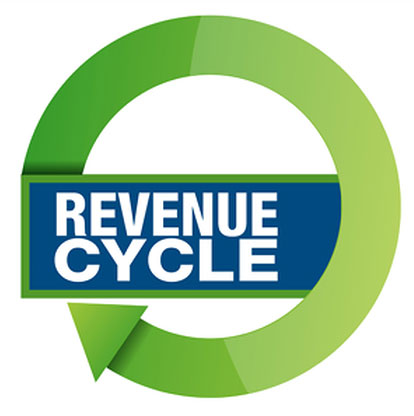Did you miss this year’s conference for the National Association for Homecare and Hospice? It was held this month in Grapevine, Texas where industry leaders and subject-matter experts shared valuable insights for leaders in home healthcare.
For this month’s Aspen Insights piece, I will share my thoughts on steps you can take to improve your revenue cycle. These best practices are from both my personal experience as an administrator and from my notes taken at NAHC.

“With upcoming payment reform, having a healthy revenue cycle will be a key competitive advantages for successful home health agencies”
Steps for Building a Successful Revenue Management Process:
- Step 1: Identify your RCM team. Building a healthy revenue cycle is an incredibly collaborative effort. Oftentimes the mindset is that it is the job of the “billing department”, but whoever does your billing is only one critical piece of the process. Identify each person or role that is critical to your revenue cycle and then let them know they are on the “RCM team”.
- Step 2: Develop KPIs for each member of the team. Rather than telling your RCM team, “I want you all to focus on getting our AR under control” in general terms, develop Key Performance Indicators (KPIs) specific to each team member that they can both control and be held accountable for. This empowering and detailed approach will drive more meaningful change than simply trying to get buy-in for a high-level goal. Some examples of team-member KPIs could be turnaround times for your coding partner, documentation completion time for your clinicians, days to bill RAP for your billing team, etc.
-
Step 3: Communicate standards for each KPI. Once you develop the KPIs that you will track, outline what your agency standards are for each one. This allows your RCM team members to have a clear understanding of what is acceptable at your agency. Setting one big goal for your accounts receivable is laudable, but you won’t move the needle unless you set smaller dependent goals tied to each of these KPIs. Small and simple things are what drive the large successes.
-
Step 4: Build in consistent, reliable accountability for your team. One of the greatest things I was taught as a young home health administrator was the power of consistent accountability. We held a meeting each week where we reviewed outstanding claims with our RCM team. We discussed outstanding items and brainstormed solutions to tricky situations. This meeting was the same time every single week. The agenda of the meeting wasn’t what made it powerful, it was the consistency of reporting to each other our progress that was the “secret sauce”. Knowing that each team member will report to their colleagues each week on their progress and on the KPIs they are responsible for drives consistent behaviors for success.
With the upcoming changes to home health documentation next year and the dramatic reimbursement changes coming in 2020, having healthy and structured revenue cycle management processes will be one of the key competitive advantages for successful home health agencies in the future.
Need a strong coding partner for your RCM team? Aspen provides next-day medical coding services exclusively for home health agencies.

